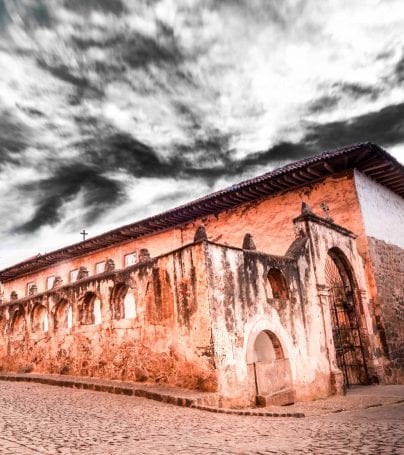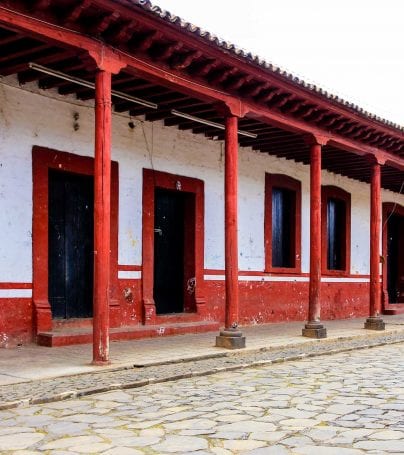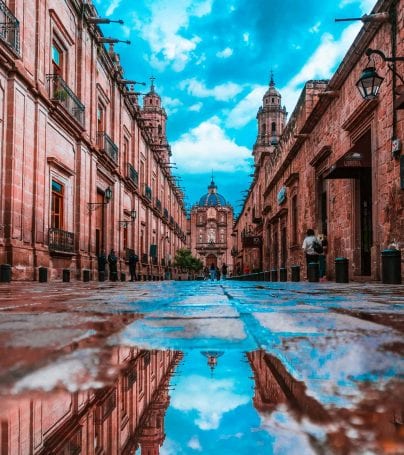Purepecha Adventure Tours
The P’urhépecha, sometimes referred to as Tarascan or Purépecha, are an indigenous people centered in the northwestern region of the Mexican state Michoacán, principally in the area of the cities of Uruapan and Patzcuaro. P’urhépecha, previously referred to as “Tarascan,” is also often used as a name for the P’urhépecha language which is still spoken by more than 100,000 people in Michoacán. Recent attempts have been made to introduce the instruction of the language in the local school systems. There is an ongoing discussion about which term should be considered as the correct one. The P’urhépecha (and more recently some Spanish-speaking Mexicans) refer to themselves as “P’urhépecha.” The name “Tarascan” (and its Spanish-language equivalent, “tarasco“) comes from the word “tarascue” in their own language, which means indistinctly “father-in-law” or “son-in-law.” The Spanish took it as their name, for reasons that have been attributed to different, mostly legendary, stories. The Nahuatl name for the Tarascans was “Michhuàquê” (“those who have fish”), whence the name of the state of Michoacán.
The Tarascan state were one of the pre-Columbian civilizations of Mesoamerica. Their capital city was Tzintzuntzan. Tarascan architecture is noted for step pyramids in the shape of the letter “T.” Pre-Columbian P’urhépecha artisans made feather mosaics making extensive use of hummingbird feathers which were a highly regarded luxury good throughout the region. The P’urhépecha were never conquered by the Aztec Empire, despite several attempts by the Mexica to do so, including a fierce war in 1479. This was probably due to the fact of P’urhépecha’s knowledge of metal working, an advantage over the Mexica, and still widely regarded today, in particular their coppersmiths. Even though they were enemies, the Mexica still traded with them, mainly for copper axes.
After hearing of the Spanish conquest of the Aztecs and having the native population much diminished by an epidemic of smallpox, the last native P’urhépecha Caconzi, Tangaxuan II, pledged his allegiance as a vassal of the King of Spain without a fight in 1525. A legend relates of a 16–17 year old Princess Erendira of the P’urhépecha led her people into a fierce war against the Spanish. Using the stolen Spanish horses her people learned to ride into battle.
In 1530 the Governor and President of the Primera Audiencia, Nuño Beltrán de Guzmán, plundered the region and ordered the execution of Tangaxuan II, provoking a chaotic situation and widespread violence.
In 1533 the Crown sent to Michoacan the experienced oidor and later bishop don Vasco de Quiroga, who managed to establish a lasting colonial order.
Customize Your Dream Adventure
We are here to help craft tailor-made adventures for individuals, couples, families, and groups of explorers.






